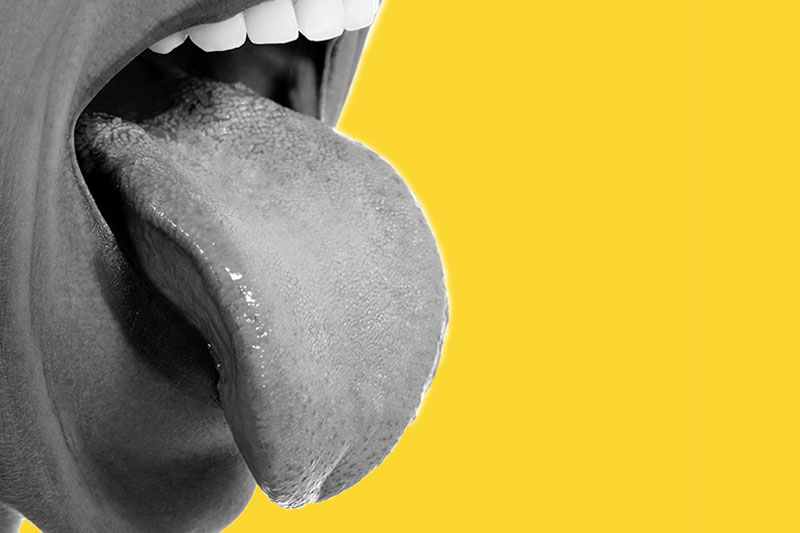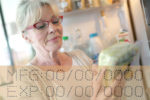The tongue has so many important uses. As you already know, it is responsible for talking and tasting, and it is necessary to help you swallow what you eat and drink. If you don’t have a tongue, you will not be able to talk verbally. You would only be able to text. And if you cannot taste, you will not be able to detect foods that have gone bad because they taste terrible. You also would not be able to detect other toxins that you could be ingesting because of the bitterness. However, there is another use that the tongue that sounds mind-boggling, but it can be helpful for blind people to “see” the world.

The Tongue Can Help The Visually Impaired ‘See”
textHow can an organ that is responsible for talking, tasting, and swallowing help those who are blind “see” the world around them? A researcher that works in the field known as sensory substitution talks about how this is possible. Sensory substitution is a section of interdisciplinary science that combines neuroscience, engineering, psychology, and computer science to help create devices for sensory substitution. They are known as SSD or sensory substitution devices.
What Is The Purpose Of SSDs?
SSDs convert information that you get from one sense to another. For instance, if there is a device meant for those who have blindness, it will convert visual information from a video into touch or sound. That is one example, and there are many other forms of these SSDs that can be of even greater help to those who are dealing with some type of sensory impairment. That is why there is another SSD device that can help visually impaired people “see” things with their tongues.
There Is An SSD Designed For The Use Of The Tongue For Blind People
In 1998, a company called BrainPort created the technology that makes this type of device even a thought. It can convert what the camera captures through video into moving patterns of electrical stimulation on top of the tongue, which is absolutely incredible when you think about it.
There is a small device on the tongue which has the appearance of a lollipop, and it has 400 small electrodes. Each electrode corresponds to every pixel on the video feed from the camera. It develops a low-resolution tactile display that matches the camera’s output right on the tongue.
The technology can also help those who suffered a stroke to keep their sense of balance, so as you can see this technology has been able to help many people in positions that cause them to miss out because of their disability or illness. So think about the idea of holding your hand up to a camera and then you feel a small hand at the same time on the tip of your tongue. It feels as if someone is drawing pictures on your tongue in candy that is popping.
Even though BrainPort has been around for a long time. It has not been able to experience real-world uptake even though it is less expensive than a retinal implant. However, this technology is only getting better. It takes more paying attention to the tongue and how it works.
The wonderful thing about this technology is that it will only improve and it will keep helping those who are hearing and visually impaired, and it can also be of great help to those who are severely impacted by autism or other disabilities. However, those who are blind will be able to begin to experience the world with their tongue, which is not something that anyone would have ever imagined possible.


